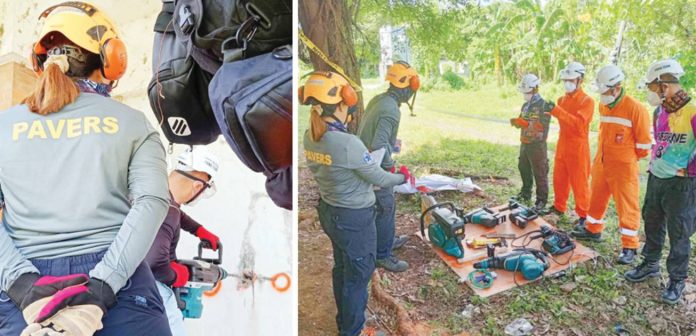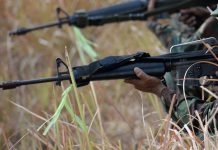
ILOILO City – Out of all the local government units (LGUs) in Western Visayas, only Pavia in Iloilo and the province of Antique currently have personnel trained in Collapse Structure Search and Rescue (CSSR), according to the Office of Civil Defense (OCD) Region 6.
Director Raul Fernandez disclosed this shortfall as he emphasized the urgency of preparing for worst-case earthquake scenarios, especially after the deadly 7.7 magnitude tremor that hit Myanmar and affected neighboring countries.
“CSSR training is crucial in saving lives during building collapses,” Fernandez said. “If a similar disaster strikes the Philippines, particularly Metro Manila, we will need to deploy regional teams immediately.”
Fernandez warned that if a high-magnitude earthquake hits the National Capital Region, as anticipated in “The Big One” scenario, all local resources there will be overwhelmed, and support from regional offices will be critical.
Region 6, for instance, has been assigned to respond to the Southern Metro Manila sector, covering areas such as the cities of Las Piñas and Parañaque, he said,
“This means our readiness here directly affects the survival of people in Metro Manila,” Fernandez said, adding that the lack of trained responders in the region is a major concern.
He urged other LGUs in Western Visayas to prioritize the training of CSSR teams and to invest in life-saving equipment.
The lack of proper rescue equipment for collapsed buildings is also a concern. According to Fernandez, Iloilo City is the only LGU in the region fully equipped with necessary search and rescue tools, while other LGUs are still lacking.
Having the right tools can save lives. During earthquakes, rescue operations for collapsed structures usually require specialized equipment like heavy-duty lifting gear, and even rescue dogs and thermal imaging cameras — items that are not yet sufficiently available in the region.
The Philippines is prone to earthquakes because it is located in the so-called Pacific Ring of Fire – an area around the Pacific that is highly susceptible to seismic activity. In fact, Western Visayas experienced its own historical earthquake, the 7.8 magnitude “Lady Caycay” earthquake in 1948, considered the second strongest in Philippine history.
With the possibility of such a strong tremor striking again, the provincial government of Iloilo conducted an earthquake drill just last month, highlighting the need for swift action and flawless coordination.
Carried out at the Iloilo Provincial Capitol grounds, the drill emphasized the importance of cooperation and presence of mind from both provincial government employees and transacting clients when an earthquake strikes, emphasizing that knowing exactly what to do during a quake can mean the difference between life and death.
During the drill, everyone was required to execute the “Duck, Cover, and Hold” technique – a widely recommended method for protecting one’s self during an earthquake. It is designed to minimize the risk of injury from falling objects, debris, or structural damage during the shaking./PN






